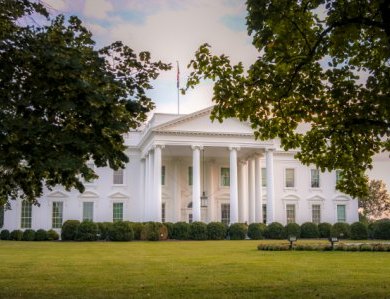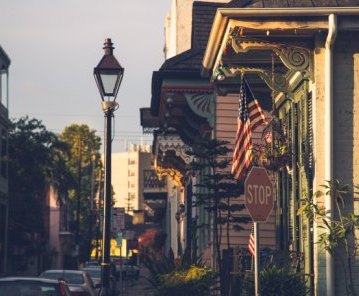 American architecture is a fascinating tapestry woven from diverse influences, innovative ideas, and a dynamic history. From the early colonial period to the present day, American architecture has evolved, adapted, and defined itself, often reflecting the nation’s aspirations and identity. In this article, we will explore the key features and enduring styles that have come to define American architecture.
American architecture is a fascinating tapestry woven from diverse influences, innovative ideas, and a dynamic history. From the early colonial period to the present day, American architecture has evolved, adapted, and defined itself, often reflecting the nation’s aspirations and identity. In this article, we will explore the key features and enduring styles that have come to define American architecture.
Colonial Vernacular

American architecture has its roots in the architectural traditions of early European settlers, notably the English, Dutch, and Spanish. The Colonial style, which emerged in the 17th century, features simple, symmetrical structures with steep gabled roofs, clapboard siding, and central chimneys. This style can be seen in iconic examples like the Saltbox house and the Cape Cod house.
Neoclassical Influence

In the late 18th and early 19th centuries, Neoclassical architecture gained prominence. Inspired by the architectural elements of ancient Greece and Rome, this style is characterized by grand, symmetrical facades, columns, and pediments. The White House and Thomas Jefferson’s Monticello are quintessential examples of Neoclassical architecture.
Victorian Eclecticism

The 19th century brought forth the Victorian era, marked by a fascination with ornamentation and eclectic design. Victorian architecture features a mix of styles, including Gothic Revival, Italianate, and Queen Anne. Elaborate details, decorative trims, and ornate windows were hallmarks of this period, seen in houses like the “painted ladies” of San Francisco.
The Birth of the Skyscraper

The late 19th and early 20th centuries witnessed the emergence of the skyscraper, a quintessentially American innovation. Chicago is often regarded as the birthplace of the modern skyscraper, thanks to architects like Louis Sullivan and the iconic “Chicago School.” These early skyscrapers featured steel frames, large windows, and ornate details, contributing to the vertical cityscape.
Arts and Crafts Movement
The Arts and Crafts movement, which peaked around the turn of the 20th century, focused on handcrafted details, simplicity, and a return to craftsmanship. Craftsman-style homes, with their overhanging eaves, exposed rafters, and emphasis on natural materials, became a symbol of this movement, emphasizing the relationship between architecture and nature.
Mid-Century Modernism

The mid-20th century ushered in a period of modernist architecture characterized by clean lines, open spaces, and the use of new materials like glass and steel. Prominent architects like Frank Lloyd Wright and Mies van der Rohe played a pivotal role in defining the aesthetics of this era. The iconic Fallingwater residence and the Seagram Building exemplify Mid-Century Modernism.
Postmodernism and Beyond
The latter half of the 20th century saw the rise of Postmodernism, characterized by a playful reimagining of historical architectural elements. This style often combined modern materials with classical forms and decorative motifs.
More recently, contemporary American architecture has been marked by sustainability and innovative design, with a focus on energy-efficient and eco-friendly buildings.
Regional Diversity

One of the most striking features of American architecture is its regional diversity. The United States encompasses a vast range of climates and landscapes, leading to region-specific architectural styles. For example, the Southwest features Pueblo Revival architecture, while New England showcases classic Colonial Revival.
In conclusion, American architecture is a rich mosaic of styles, each reflecting the historical, cultural, and environmental context of its time and place.
From the colonial roots and Neoclassical grandeur to the innovative skyscrapers and the embrace of sustainability, American architecture continues to evolve and adapt, embodying the spirit and aspirations of the nation it represents. It remains a testament to the nation’s ever-changing identity and its enduring commitment to design, innovation, and the art of the built environment.
